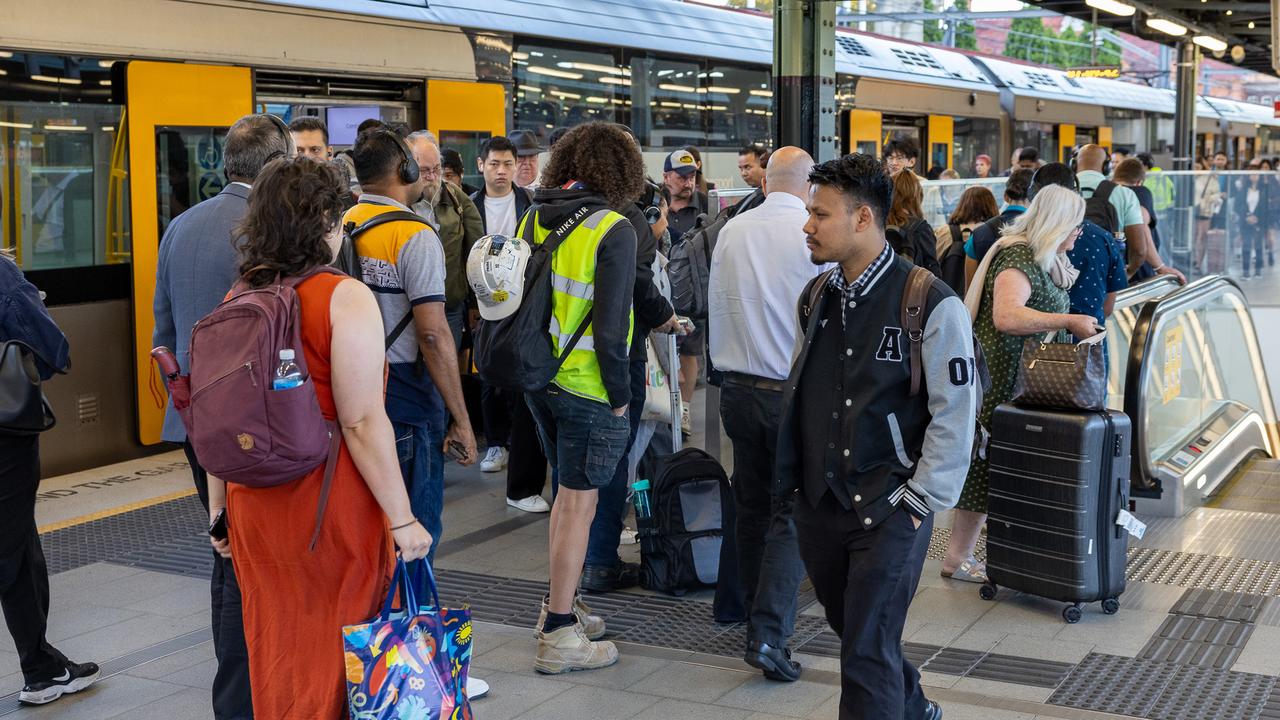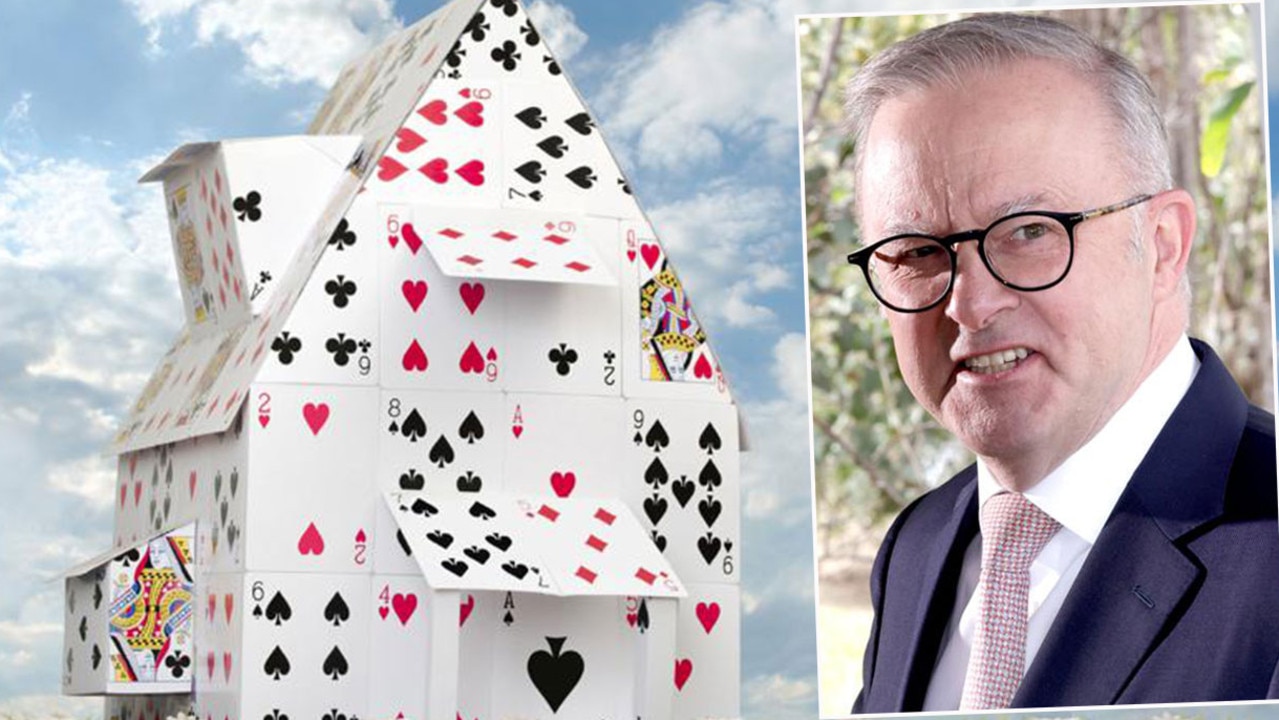NSW Happiness Index: Which regions top the table for medication use
With the state’s dependence on pharmaceuticals skyrocketing due to major mental health issues and record unemployment, The Daily Telegraph can reveal which regions are dosing up to dodge the blues. SEE IF YOUR AREA IS STRUGGLING

NSW
Don't miss out on the headlines from NSW. Followed categories will be added to My News.
- Download our app and stay up to date anywhere, anytime
- What you get as a subscriber to The Daily Telegraph
Live in Kogarah, Carlingford or the Southern Highlands?
Chances are you’re high on the happiness scale.
But reside at Camden, Penrith or Maitland and you are more likely to be prescribed medication for mental health reasons.
The state’s dependence on pharmaceuticals has soared under the stress of unemployment and other issues, with Western Sydney and the regions doing it tougher than their metro counterparts.
The Daily Telegraph has compiled a Happiness Index, analysing five years worth of data on the number of mental health medications handed out in 90 areas across the state under the Pharmaceutical Benefits Scheme. There were a staggering 53.6 million medications given out across the state from 2015 to 2019, with Camden having the greatest percentage increase of 34 per cent. The top 10 areas where the use of meds jumped the most were dominated by Western Sydney and regional NSW — Camden, Wollondilly, Rouse Hill, Blacktown, Penrith, Green Valley and Maitland had the highest growth.
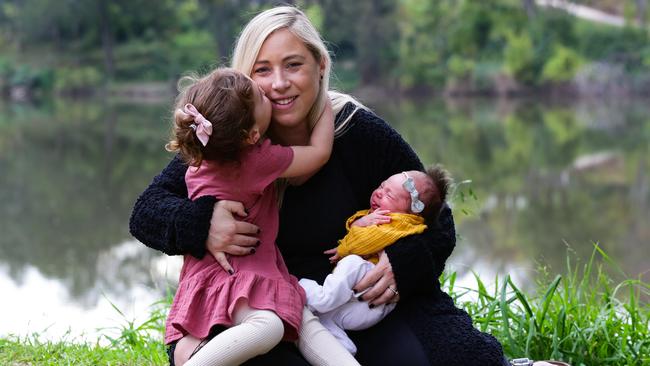
Other regional areas at the top of the list included Queanbeyan, Upper Hunter, Port Stephens and Bathurst.
At the other end of the spectrum, Clarence Valley, Merrylands, Carlingford, Kogarah, Southern Highlands and the eastern suburbs were some of the happiest regions — with less than 10 per cent growth in medication consumption. Experts said financial stability was one of the key factors causing a “happiness divide’’.
Psychologist Dianna Kenny said many of the areas where residents were more likely to be dosed up on psychotropic medication had widespread unemployment.
This included Western Sydney which featured prominently in the most medicated areas and where employment levels are lower than other metro regions.
“We cannot underestimate the importance of unemployment or under employment as a contributor of mental heath,’’ she said.
Ms Kenny said natural disasters and the mental and economical consequences of bushfires and drought could explain why regional citizens were so highly-medicated.
“These numbers can indicate a cumulative effect of distress in regional areas,’’ she said: “People in regional areas are often business owners who are also more susceptible to economic changes.”
She added that a lack of psychologists in regional areas also contributed to the growth in medication.
“Regional people have to wait longer for appointments and travel further to get help generally,” she said.
Ms Kenny said areas with the least distressed citizens were generally wealthier.
“(In richer areas) people have more autonomy in their life. They have enough income to choose to work less and enjoy leisure more,” she said. “If they don’t like their job or an aspect of their life is making them unhappy, they have the disposable income to change that.”

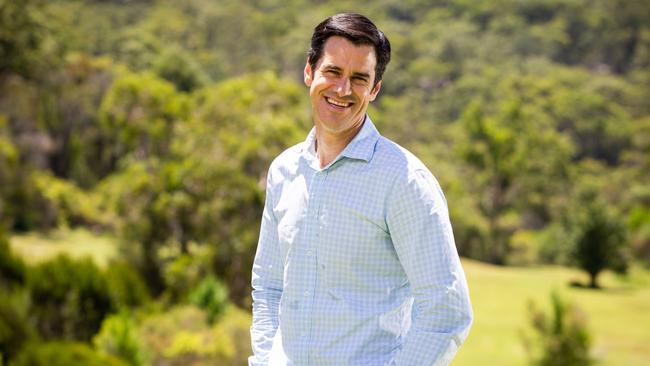
Remote areas such as Broken Hill, Coonamble, Lower Murray and Moree ranked among the lowest quarter in mental health needs, but Ms Kenny cautioned there could be hidden mental issues bubbling in those regions, saying: “In some places people talk about their mental health as easily as the weather but that wouldn’t be the case in Broken Hill.”
More than 10 million scripts for mental health medication were handed out in 2015 and the figure jumped to almost 11.5 million by 2019 with experts predicting further growth in light of the COVID-19 pandemic.
“I think in our society generally there is far too much reliance on psychotropic medication. That’s why when there is a crisis in the community like economic recession and natural disasters, you’ll see a huge increase,” Ms Kenny said.
Social Demographer Mark McCrindle said the happier regions such as the Southern Highlands had a strong focus on community and work-life balance. “Those who make a sea change or a tree change often report their wellbeing goes up,’’ he said.
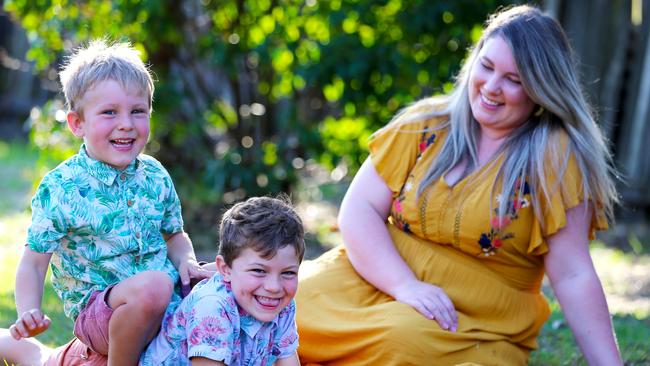
Clarence Valley topped the list of NSW’s happiest and most stable regions, with mental health medication consumption increasing by only 5 per cent in the five years. Junction Hill local and mum-of-three Ellie Hearfield, 28, wasn’t surprised her area was home to some of the happiest people in NSW.
“We’ve just really fallen in love with raising our kids here and the slower lifestyle,” she said. But at Penrith, the number of mental health scripts being handed to residents has increased by almost 25 per cent since 2015. Nurse and mum-of-three Emily Fraser said she was fearful about the massive rise in her area.
“It’s concerning because you think what if one of my kids need the support one day or suffer from mental health.
“You’d like to know that help is there.”
Blacktown man Mathew Zilioli, 52, suffers from depression and has seen mental health issues rise in the local area in the last few years but luckily for him he has “tremendous family support’’.
Originally published as NSW Happiness Index: Which regions top the table for medication use

